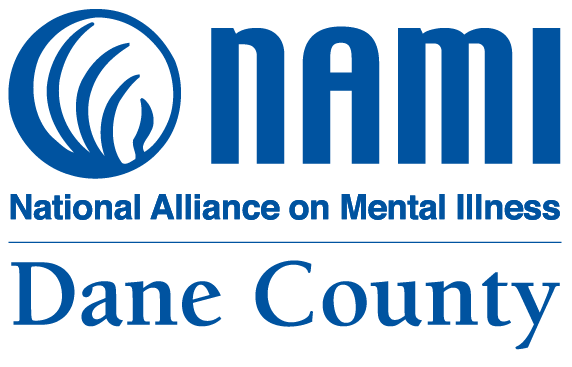How to Help | Trauma from Crisis Events in Schools
Students returning to the classroom following a crisis may experience symptoms of PTSD similar to those of Veterans coming home after combat. Behavioral symptoms include agitation, irritability, social isolation and self-destructive behavior. Some may experience flashbacks and severe anxiety.
It's important that school officials establish a way for students to be able to comfortably communicate how they are feeling. It's vital that the school establish a "triage unit" involving school personnel along with local mental health professionals to respond to those signs in students and refer them to appropriate resources in the community.
This is also an opportunity to provide information to parents about signs of PTSD and suggestions for how to respond as a family. Things to remember:
- Be patient with each other (teachers/school personnel and students) – we’re all human and we’re all grieving.
- Recognize that people respond to trauma differently, and everyone is usually doing the best that they can under the tragic circumstances.
- School personnel should let students know it’s normal to grieve, to be anxious about returning to school, and to figure out what the “new normal” is after an event such as this.
- Students and teachers should be encouraged to let a school counselor, nurse or other designated person know if they are concerned about themselves or a fellow student.
How can I help a friend or student in need?
One of the most important things to do is offer help when you notice something is wrong. This includes helping them get the support they need and deserve if they are experiencing a mental health condition. This might seem like a big task, but it doesn’t have to be.
NAMI has created an infographic which can help people navigate how to offer the best support. You can view the information here.
For further information, please visit https://www.nami.org/Find-Support/Teens-Young-Adults/How-to-Help-a-Friend.
